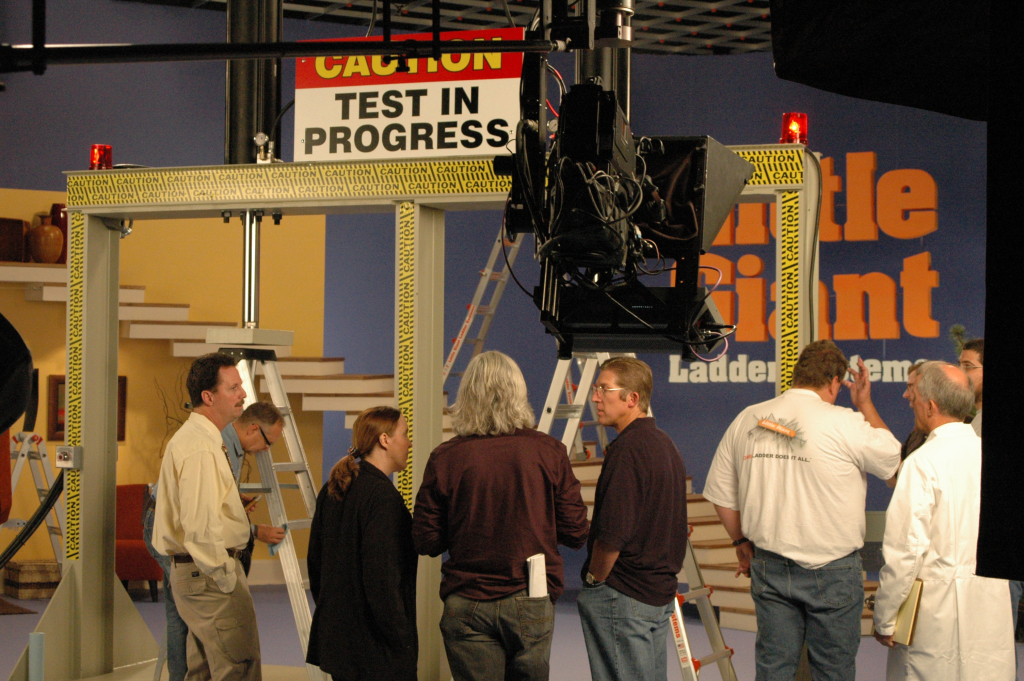The price and the offer are absolutely critical elements in determining the success or failure of a direct response campaign.
While these may seem very simple to determine, there are a number of issues to keep in mind. Obviously the first is profit against the COGS (cost-of-goods-sold) number. The COGS number is the total cost – including packaging – to produce the product. It should also include the estimated DR cost-per-sale amount (call center and media). Then add the cost of the credit card processing, fulfillment, and lastly, estimated product returns. Anything the consumer pays above that is the profit. This detailed process is where some are surprised about the cost of a direct response campaign and many often get into trouble if they have not completed a proper analysis.
Also, on the positive cash flow side are the shipping and handling fees. Often in the Direct Response industry, shipping and handling (S&H) fees are significant profit centers for the advertiser. However, viewers often believe those fees are “a given”, and only see “Plus S&H”. They usually don’t add that to the price of the product when making a decision to buy. Obviously the “actual” average shipping costs nationally must be estimated prior to establishing the “published” Shipping and Handling fees to be charged. These costs are subtracted from the gross S&H fees, resulting in an additional profit
Important things to consider in crafting the offer (or offers) are what product elements are included. This typically is the “but wait, there’s more” part of the CTA (call-to-action – we’ll cover this in our discussion on the critical Presentation elements). The more, the better, is the rule in terms of offers and don’t forget, those can also include a special payment plan.
While many production companies believe they have a “gut feel” for the best price and offer, we believe that is merely a good starting point. The best plan is to test multiple prices and offers. The viewing audience/customer will determine, by their purchases, what the correct price and offer is. Also, the call center (or centers) can be an invaluable resource in helping to determine what the optimal price/offer combination may be.
Once the campaign is on the air, careful testing of several price points and offers and ongoing analysis is required to determine (and track) what the optimal price point and offer combination is, in order to maximize sales. And remember . . . those will probably change as the campaign matures.
In our next discussion we will cover how to maximize the revenue in a direct response campaign by proper product Positioning.
Later . . .





